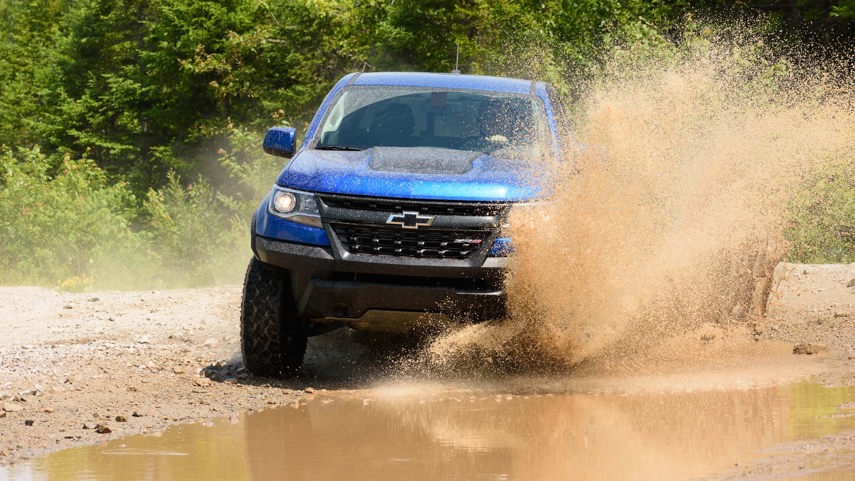If these high gas prices have you re-evaluating your vehicle choices, you don’t have to go down the road of replacing your car entirely to save on fuel. Simply changing or removing some of the features might help cut your fuel bills, and if you’re in the market for a new vehicle anyways, there are a few features you might want to avoid if maximizing fuel efficiency is top of mind.
Here’s a look at some popular car, truck, and SUV features and options that are harming your fuel economy and costing you money at the pumps.
Roof Racks and Cargo Boxes
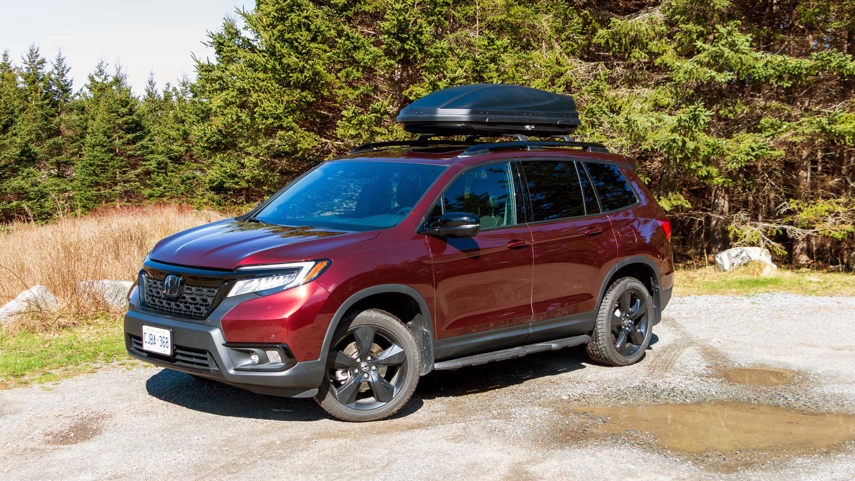
Roof racks and cargo boxes are great if you need to transport gear like bicycles, kayaks, or luggage that is too large to fit inside your car. But they also add significant aerodynamic drag, which makes it harder for your vehicle to cut through the air, which will burn more fuel at highway speeds even when they’re empty.
A test from Consumers Reports found that an empty roof rack on top of a sedan harms fuel economy by 11 per cent at highway speeds. For an already less aerodynamic crossover, the racks increased the fuel consumed by two per cent. With a cargo box mounted, fuel economy for the sedan was 19 per cent worse, while the crossover saw a 13 percent reduction in fuel economy, meaning both vehicles are burning a lot more pricey gasoline.
The solution? Take those roof rack crossbars and that cargo carrier off when you’re not using them. Burning fuel when you need the utility is one thing, but you probably don’t want to be spending needlessly the rest of the time.
Lift Kits
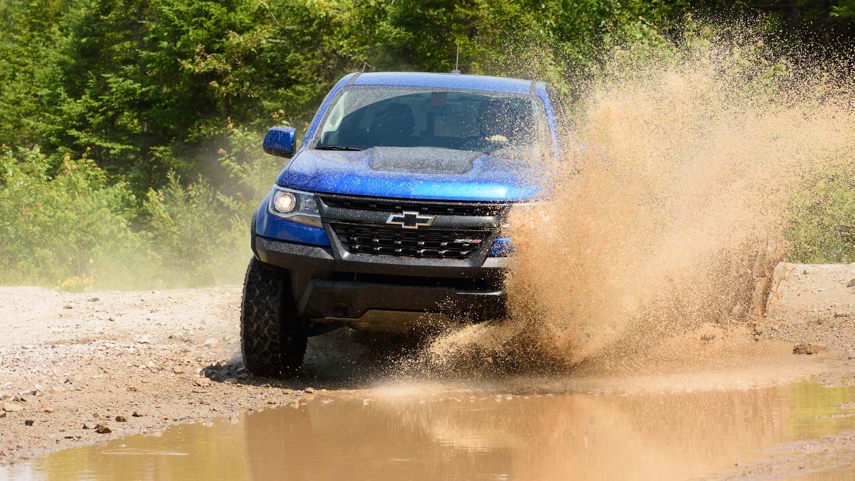
Lift kits or levelling kits are popular on full-size pickup trucks. You can even get a lift directly from the dealer in most cases. But lifting your truck takes a toll on fuel economy. It increases the frontal area of the truck, the amount of air the truck has to move out of the way to maintain speed. A lift also allows more airflow under your truck instead of over or around. The body of your pickup is designed to manage airflow, but the underside is not, with the differentials, transfer case, and driveshaft all causing turbulent airflow and increasing drag.
Estimates vary on how much of an effect a lift has – generally around a five per cent hit – but it is significant enough that pickups with factory air suspension have a highway mode that lowers the truck to help it get better fuel economy.
All-Terrain Tires
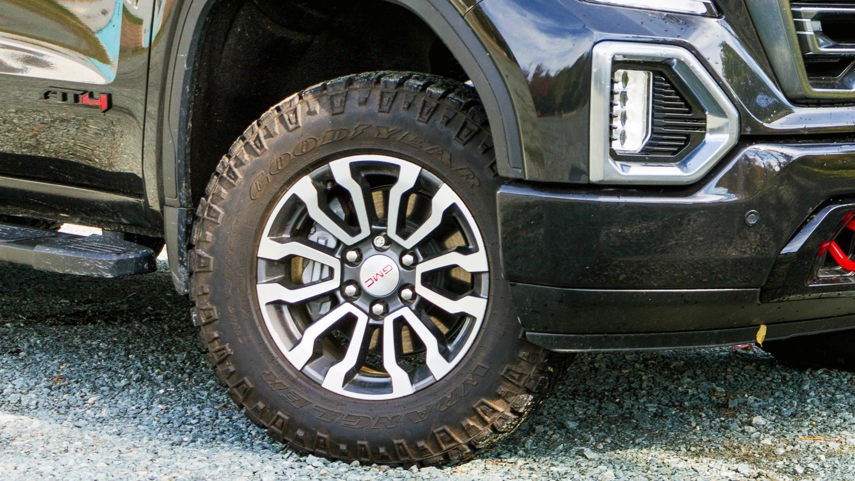
If you’ve added a lift to your truck, you’ve probably also added all-terrain or mud tires. Those tires can make more of a difference to your fuel economy than the lift, and the combination can be quite startling. All-terrain tires are great for improving traction off-road and giving you more durability when you hit trail obstacles like rocks or trees (or on-road potholes), but they’re heavy and have large tread blocks that hurt fuel economy.
Natural Resources Canada’s (NRCan’s) official fuel economy estimates show just how much the combination of a lift and off-road tires can have on efficiency. Move from a Toyota RAV4 LE AWD to a RAV4 TRD with its lift and more aggressive tires and your fuel consumption can increase from 7.9 L/100 km combined to 8.5. A GMC Sierra with standard tires and a 5.3L V8 has a 13.6 L/100 km combined fuel economy rating, but the mud tire-equipped truck can expect 15.4. It’s fine if you need the capability, but before you tick the off-road options box, you should realistically think about how much time you’re planning to spend rock-crawling versus regular driving.
Panoramic Roof
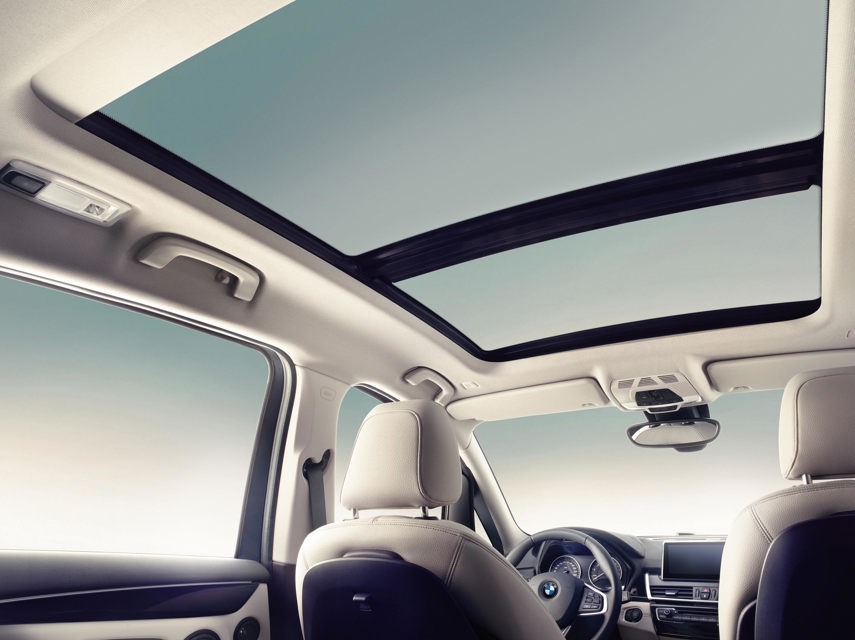
The massive glass panels that many modern cars and trucks offer are great for letting more light into the cabin and giving you some of the same open-air benefits of a convertible when they’re open. They also add a significant amount of weight to your vehicle, up to 100 kg depending on the size of the panel and how much of it opens and closes. NRCan says that adding 100 kg can increase combined fuel consumption by as much as 0.5 L/100 km.
Opening the roof can make things even worse, with the extra aerodynamic drag of air tumbling into the cabin putting a dent in your highway fuel economy. Exactly how much impact it will have is tough to tell because there aren’t many studies on the matter and there are many different vehicles with different sizes of opening roofs, but we would estimate a 5 to 10 per cent hit with an open panoramic roof versus a solid roof.
Convertibles
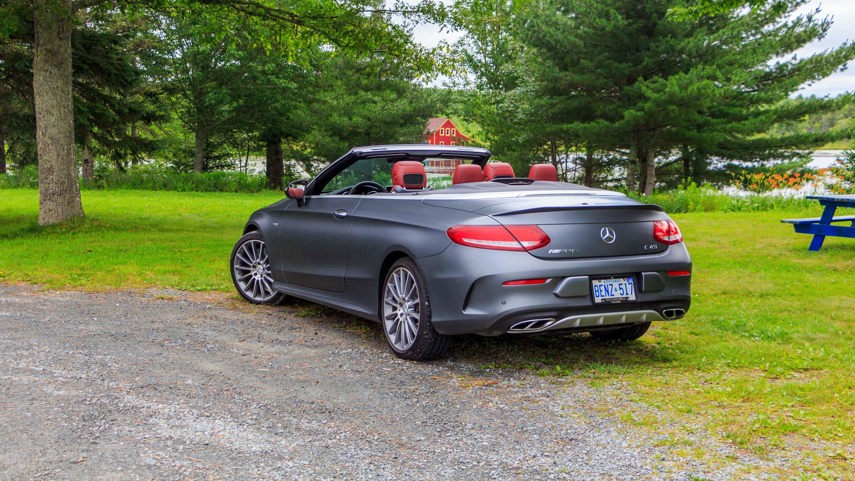
After panoramic roofs, it’s no surprise that convertibles make this list, too. A convertible top, even when closed, has a big impact on fuel economy. Removing a steel roof and replacing it with fabric feels like it would make a car lighter, but hefty electric motors to raise and lower the roof, added structural reinforcement, and extra roll protection all add significant weight. The roof itself is often less aerodynamically efficient, even when closed. The Ford Mustang 2.3L EcoBoost coupe is estimated to get 11.0 / 7.4 / 9.3 L/100 km city/highway/combined. The same car with a convertible top is rated at a slightly worse 11.7 / 8.5 / 10.4. Open the roof and expect fuel economy to fall even further, though the value of having the top down is worth some extra pain at the pumps.
All-Wheel Drive
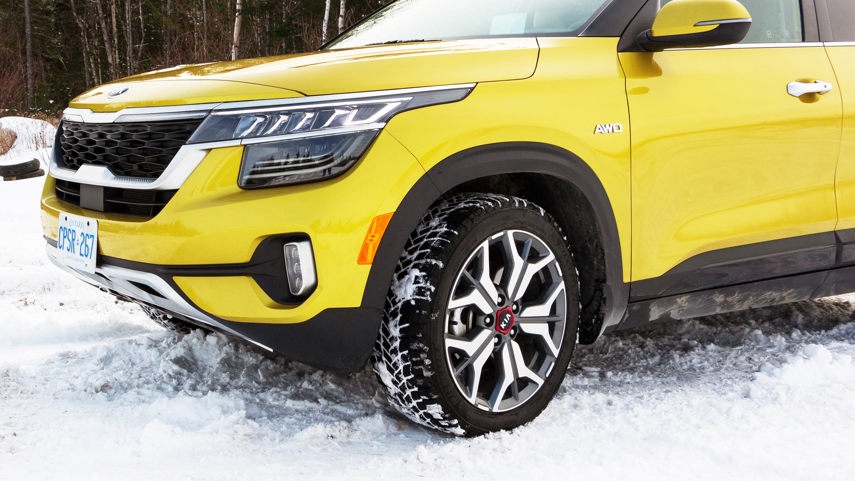
All-wheel drive is becoming almost universal on crossovers, SUVs, and pickup trucks. While there are many different systems, they all have one thing in common: they have an impact on fuel consumption. Adding a transfer case or centre differential, a driveshaft, an extra differential at the axle, and driving the extra axle can add hundreds of kilograms to the weight of a vehicle. AWD and 4x4 systems also add more parasitic drag to the engine at all times, spinning all of those extra parts even if you aren’t sending power to the wheels, an effect that is exaggerated when you are using the AWD.
A 2022 Honda CR-V with front-wheel drive is estimated to return 7.7 L/100 km combined, but with AWD, it drops to 8.1, and that 0.4 L/100 km drop is common in the segment. A rear-drive 2022 Ford F-150 with the 2.7L EcoBoost V6 has an estimated fuel economy of 10.9 L/100 combined, with the 4x4 truck estimated to return 11.7.
How can you maximize fuel economy and keep AWD or 4x4? Some of these systems have to be turned on to drive all four wheels. Drivers of some vehicles can turn off the AWD system when road conditions are good (that means don’t use the “Auto” function either), and turn it on only when needed to help reduce fuel consumption. That won’t make it better than the estimate, but it will reduce the dent in your wallet.
Large Wheels
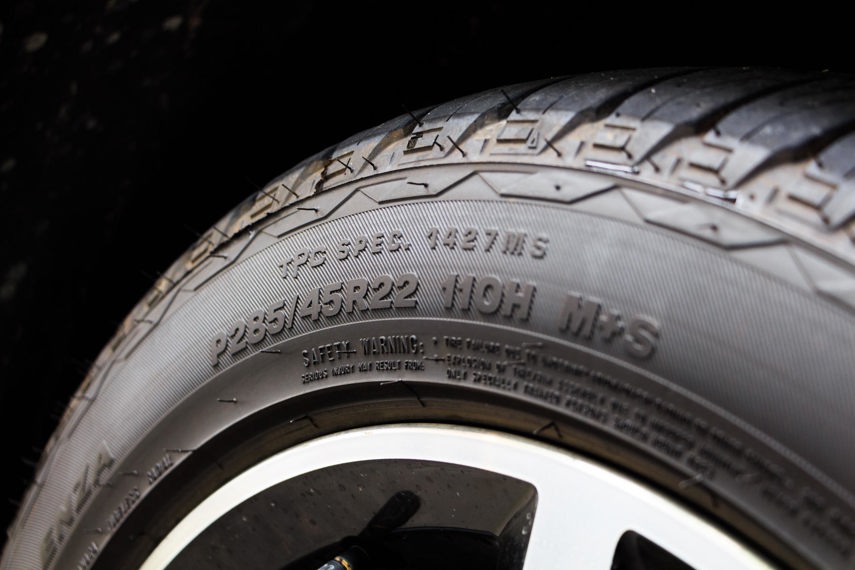
Large 20-inch wheels are the new normal on crossovers and even sedans and hatchbacks nowadays, with some offering 22 and even 23-inchers. These larger wheels, though, weigh a lot more and they’re also usually fitted with wide tires, and the two conspire to hurt your fuel economy. A 2010 test in Car and Driver found that moving from 15- to 19-inch wheels, with the same total outer diameter, made the fuel economy in a crossover 10 per cent worse. The extra weight also lowered acceleration times because of the extra mass.
Just look at EV range estimates that break out larger wheels from smaller sizes to see the effect. A BMW i4 M50 xDrive with 19-inch wheels has an estimated range of 435 km, while moving to a 20-inch wheel cuts that to just 365 km, with other EVs showing similar figures.
Remote Start

Starting your engine to warm up the cabin so you don’t need to get into a cold car in the winter is great. But starting your car and letting it run while you sit inside and sip a coffee is going to cost you. If you use your remote start for 20 minutes a day every workday through the winter, you could be spending well over $100 every winter just warming up the engine. Plus with many modern small-displacement engines, especially turbocharged engines, the amount of heat generated at idle is so little that you might not even get a warm cabin. The fix? Use remote start sparingly. The fastest way to warm up your vehicle is to drive it.
